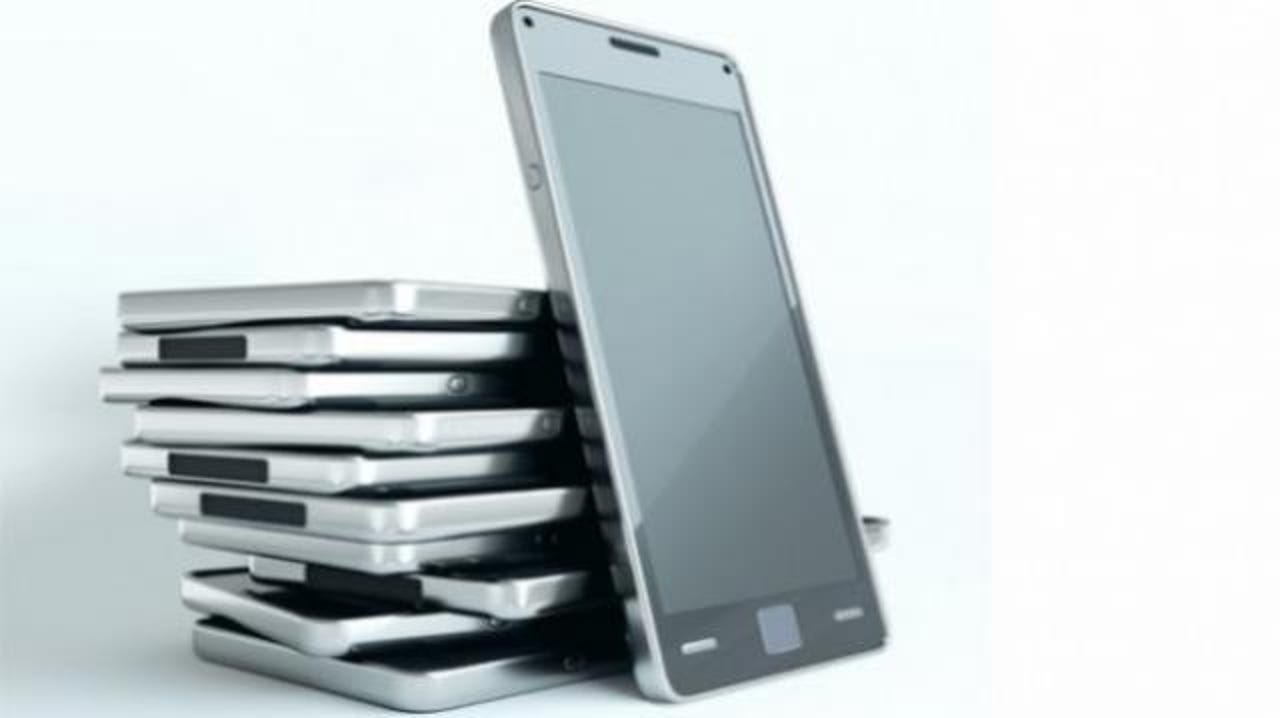India’s Flipkart rolls out its own PC-killer but picks the wrong device


It was only a matter of time before Indian online retailing giant Flipkart decided to start churning out its own tablets. After all, it has been a dutiful imitator of pretty much everything Amazon has done including introducing a service, Flipkart First, that mirrors Amazon Prime, so going the hardware route, as Amazon did by bringing out the Kindle years ago is no surprise.
Of course, now that Amazon is rolling out its own smartphone, Fire, it makes increasing sense for Flipkart to wake up to the promise of retailing its own electronic items. And so on June 26, the company will start selling tablets that carry its own brand, just as it already does with thinks like headphones and pen drives under its DigiFlip range. Its model, the XT712, is priced at Rs 9,999 (US$166) and will apparently be available in black and white variants. According to this report, the seven-inch tablet will pack a 1280 x 800 pixel HD resolution, a 1.3GHz Quad Core Cortex A7 processor, 1GB DDR3 RAM and dual SIM 3G calling.
The idea here is to beef up margins in a category that normally has very low ones—especially if you compare it to the highly lucrative fashion retail category which I wrote about here, which is one of the main reasons Flipkart gobbled up Myntra, India’s largest fashion retailer. Apparently, selling someone else’s electronic items gets you 10 percent of the sticker price but selling your own branded item can net you upto 30 percent so it’s a no-brainer of a decision. Plus, it’s hard to completely ignore the category considering it forms 30 percent of all online retail sales in India, currently pegged at US$2.3 billion but growing at 50 percent,
My bet (and it's not such a profound one) is that Flipkart is probably inevitably chasing a razor-to-blades model much like its role model. Amazon's Fire, for instance, has a devious little tool called Firefly—a text and audio recognition technology that basically helps you photograph or audio scan practically anything (fruits, underwear, movies, songs), then will check if it is available on Amazon so you can buy it with just a click thanks to all your account details that are already plugged into the phone making for a one-stop- shopping experience. You can bet your bottom Rupee that Flipkart has taken very serious note of this development.
On the surface, Flipkart's decision to hawk private label tablets seems like a good one—after all, Indian PC imports in the first quarter of 2014, at 2.03 million, plummeted by 25.2 percent year-on-year according to the International Data Corporation (IDC) and you would imagine that tablets were responsible for that loss in share which they were. According to IDC's Worldwide Quarterly Tablet Tracker data for CY 2013, the overall India Tablet shipments for CY 2013 stood at 4.14 million units representing a year-on-year growth of 56.4 percent over CY 2012.
The only problem here is that tablets themselves are being cannibalized by something Indians are particularly fond of, namely ‘phablets’, a moniker for phones that have large screen sizes that range from 5-8 inches. IDC says that there was a marked contraction in the tablet market in the second half of 2013 despite a strong festive season and this trend is only going to accelerate.
In fact, tablet sales for the first quarter of 2014 (financial year here begins in April) actually recorded a staggering decline of 32.8 percent year on year (at 0.78 million units) said research firm IDC, which makes the PC drop not so bad in comparison.
"The popularity of phablets has in fact crossed over the demand for 7 inch tablets. For a price conscious market like India, it is about owning a combination device, meeting the needs with one device instead of two. Also, the return rates on low cost 7 inch tablets have been unexplainably large. First time users latching onto such devices are now looking to move to products that offer better experience in terms of life span and quality" said, Karan Thakkar, Senior Market Analyst with IDC.
Keeping this in mind, if you were the purportedly savvy CEO of the largest e-commerce retailer in one of the fastest growing markets in the world, who in all probability was able to track these things on a weekly basis, which product would you roll out first—a tablet or a phablet?